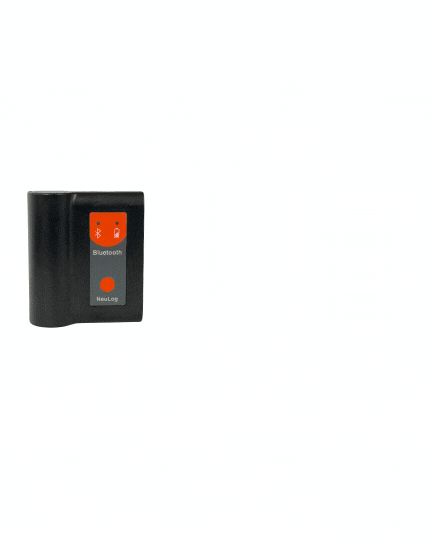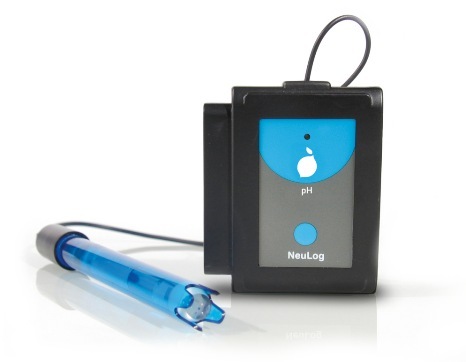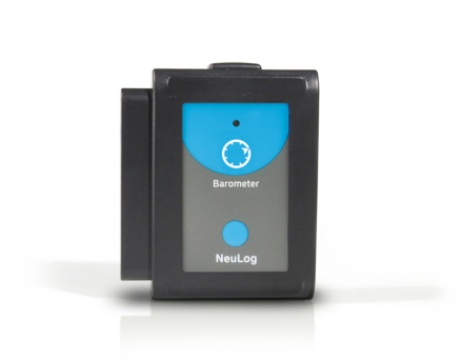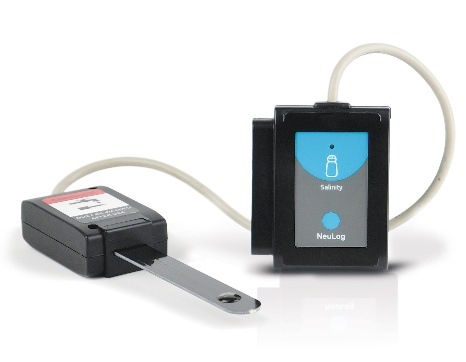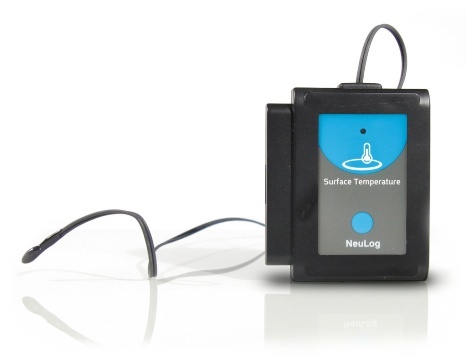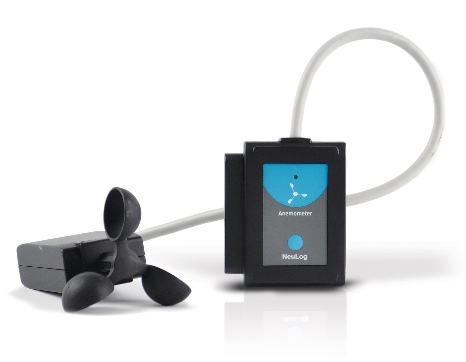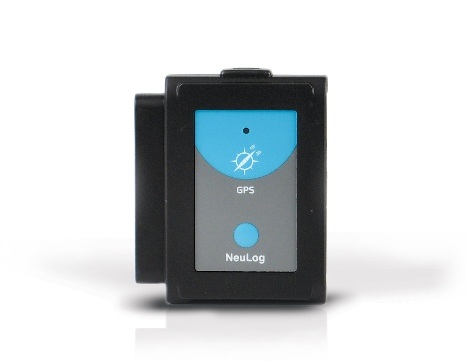Our Products Science. Simplified.
Teaching Physics? Biology? Chemistry? We’ve Got You.
Turn theory into real data. With NeuLog sensors, students don’t just learn science—they see it, measure it, and experience it. No complicated setup. No tech headaches. Just plug in, experiment, and get real results.

Bluetooth
Module
|
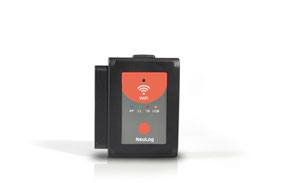
WiFi Communication
Module
|
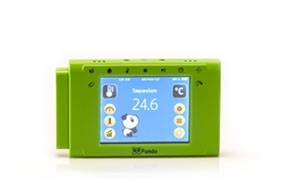
Panda
Multi-Sensor
|
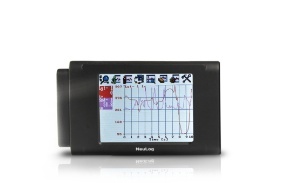
Graphic Display
Module
|

USB
Module
|
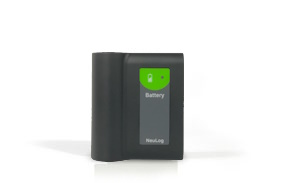
Battery
Module
|
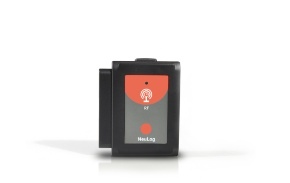
RF Communication
Module
|
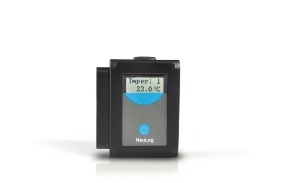
Digital Display
Module
|
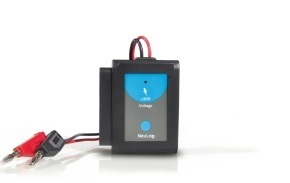
Voltage logger
sensor
|
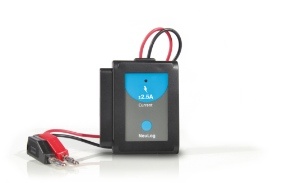
Current logger
sensor
|
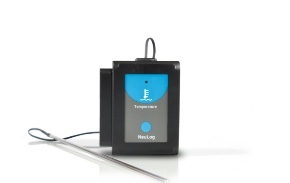
Temperature
logger sensor
|
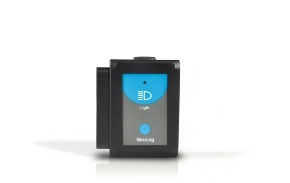
Light logger
sensor
|
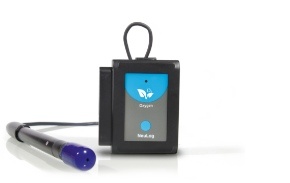
Oxygen logger
sensor
|
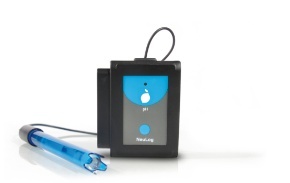
pH logger
sensor
|
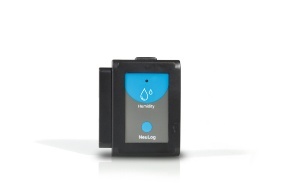
Relative Humidity logger sensor
|
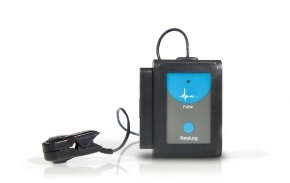
Heart Rate & Pulse logger sensor
|
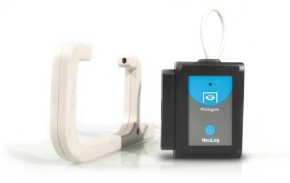
Photo Gate logger
sensor
|
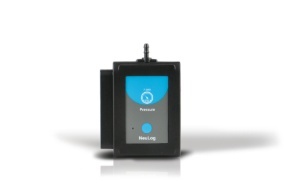
Pressure logger
sensor
|
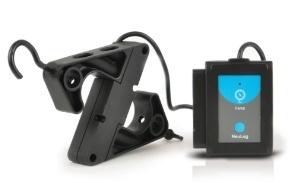
Force logger
sensor
|
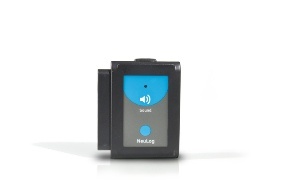
Sound logger
sensor
|
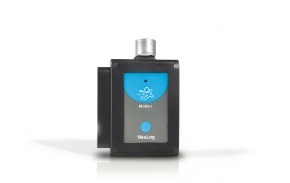
Motion logger
sensor
|
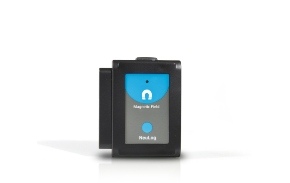
Magnetic Field logger sensor
|
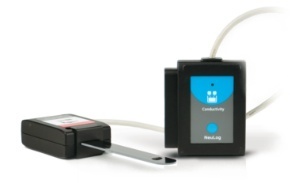
Conductivity
logger sensor
|
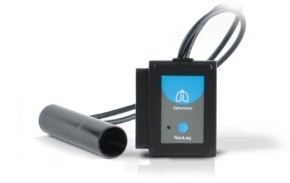
Spirometer logger
sensor
|
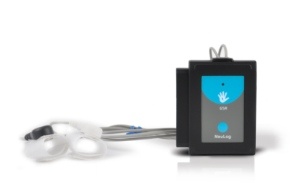
GSR logger
sensor
|
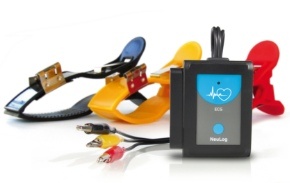
Electrocardiogram logger sensor
|
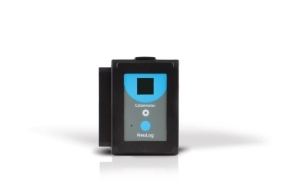
Colorimeter logger
sensor
|

CO2 logger
sensor
|
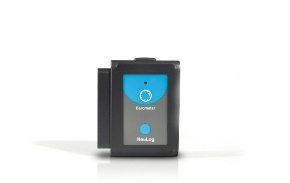
Barometer logger
sensor
|
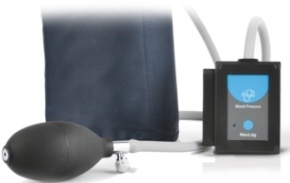
Blood Pressure logger sensor
|
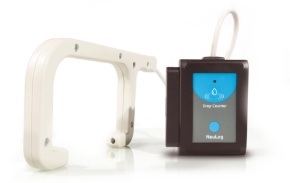
Drop Counter logger sensor
|
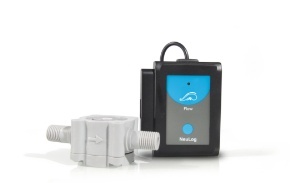
Flow logger
sensor
|
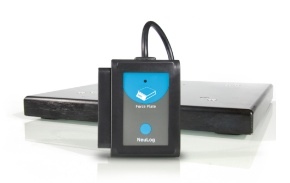
Force Plate logger
sensor
|
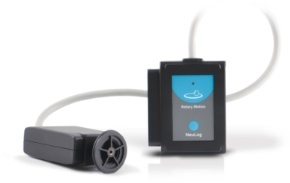
Rotary Motion logger sensor
|
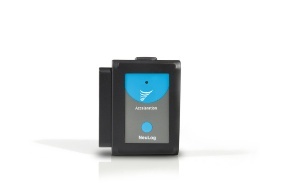
Acceleration
logger sensor
|
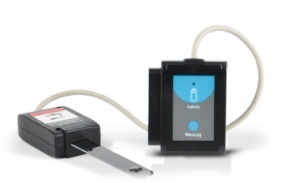
Salinity logger
sensor
|
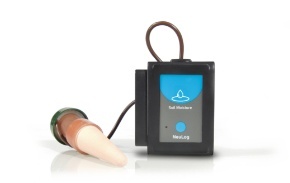
Soil Moisture logger sensor
|
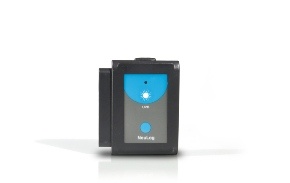
UVB logger
sensor
|
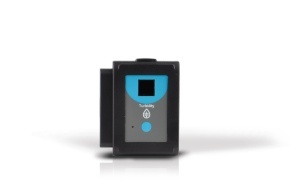
Turbidity logger
sensor
|
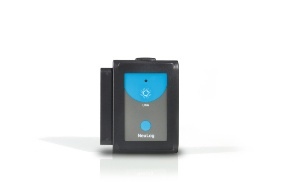
UVA logger
sensor
|
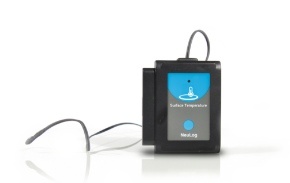
Surface Temperature logger sensor
|
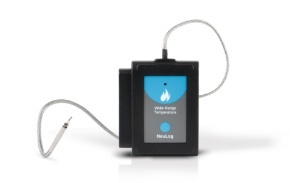
Wide Range Temperature logger sensor
|
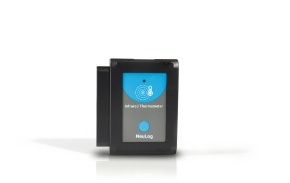
Infrared Thermometer logger sensor
|
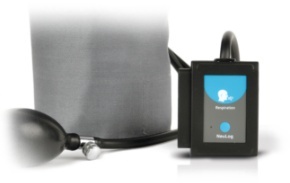
Respiration Monitor Belt
logger sensor
|
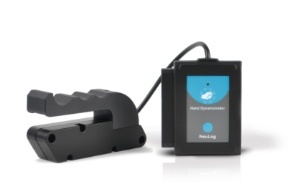
Hand Dynamometer logger sensor
|
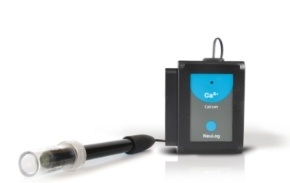
Calcium logger
sensor
|
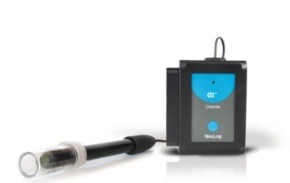
Chloride logger
sensor
|
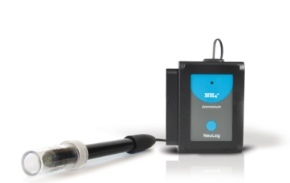
Ammonium logger
sensor
|
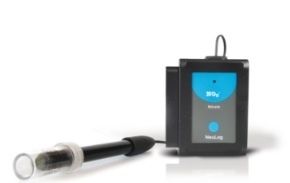
Nitrate logger
sensor
|
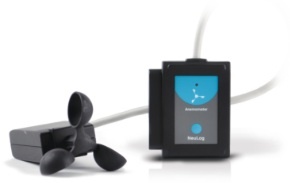
Anemometer
logger sensor
|
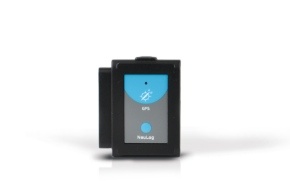
GPS logger
sensor
|
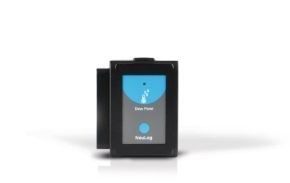
Dew Point logger
sensor
|
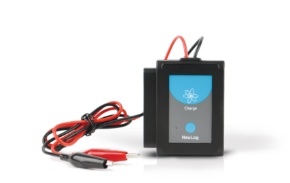
Charge logger
sensor
|
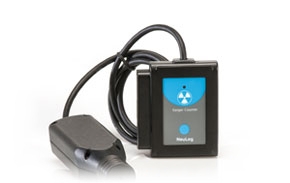 Geiger counter Geiger counter
logger sensor |
 mA Current mA Current
logger sensor |
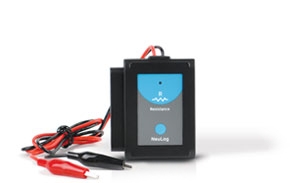 Resistance Resistance
logger sensor |
The information in this site and in NeuLog data sheets is general. The information is subject to change without prior notice. Special requests can be provided for specific projects. Please contact us or any of our reps.



























































